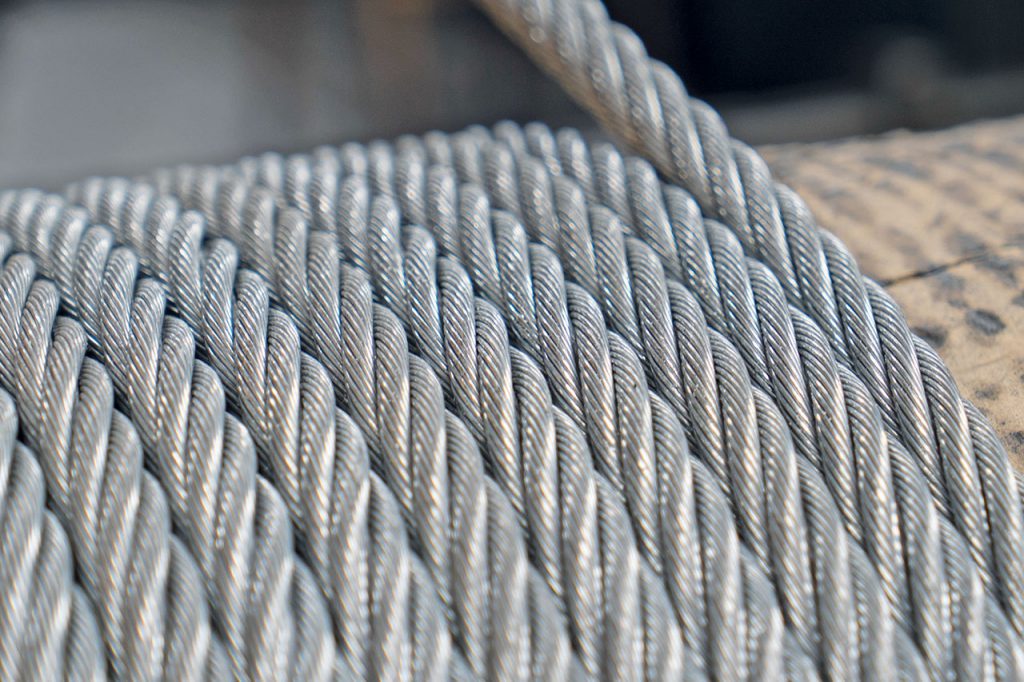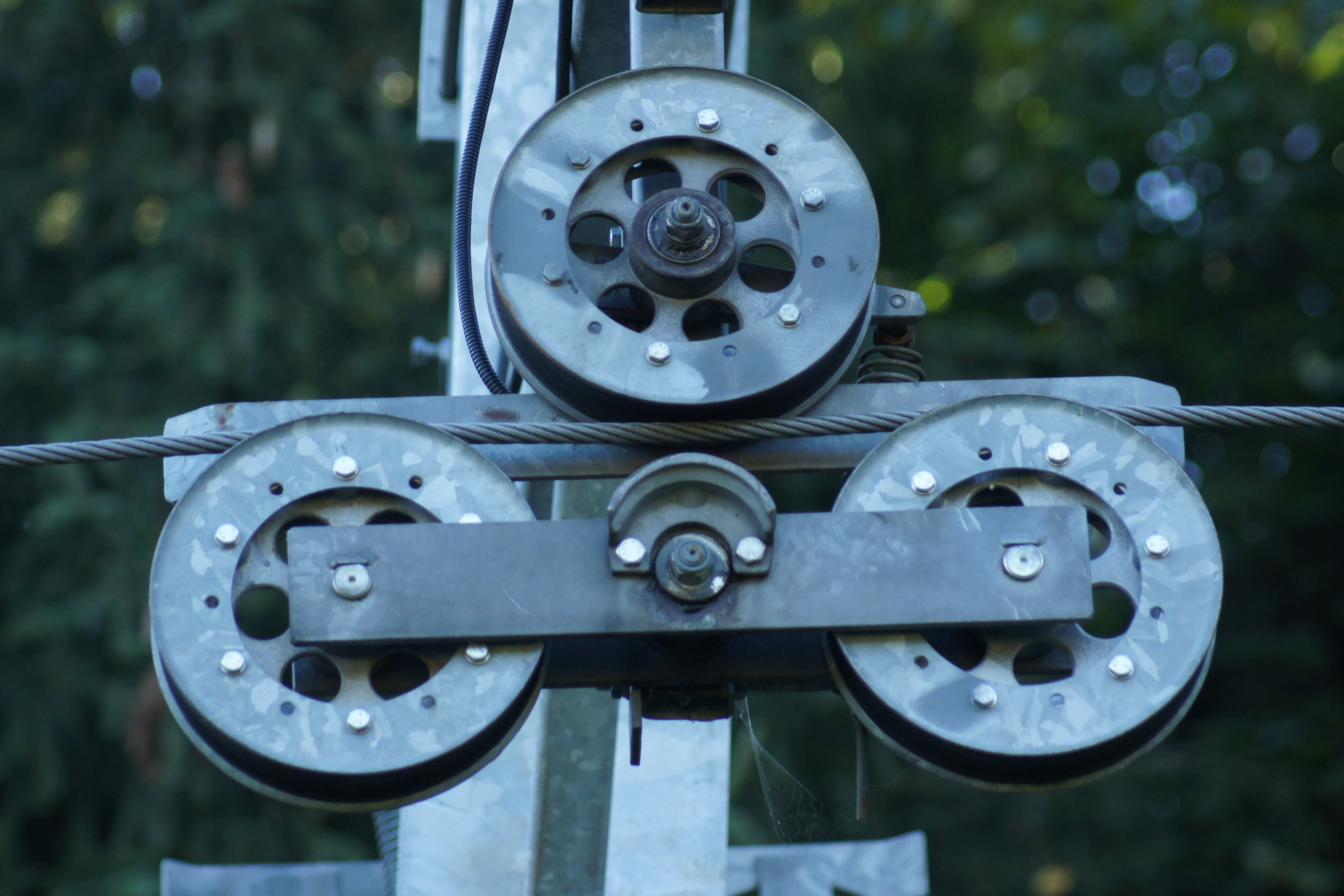The durability of a wire rope in specified working conditions depends not only on the quality of wires used to produce it and the manufacture technology, but also on selecting a suitable rope construction for the given working conditions as well as on observing the defined exploitation rules. For this reason, familiarity with the dependence of the ropes durability on the conditions they work in is indispensable not only for the ropes designers but also for the users.
Before selecting the design and strength of a rope for a given device, one should, first of all, be aware of the fact that for each device there is an optimal rope which features not only a greater durability during operation on this device, but which also ensures greater safety of work. During operation, a steel wire rope is exposed not only to fatigue but also to a number of factors both from the side of the mechanisms on which it works and the atmospheric elements.
A premature wear of a wire rope may occur for the following reasons:
- Incorrect selection of the rope design, its type and lay
- Incorrect selection of the drums and rope sheaves as well as its incoreect winding on the drum
- Incorredct material and wrong profile and size of the drum and sheaves grooves
- Excessive tensille and bending stress
- Great bending angle of the rope
- Incorrect bending of the rope
- Excessive exploitation of the rope
- The rope corrosion

The diameter and the tensile strength of a rope are selected having in mind the load the rope is to carry, on the one hand, and the safety factor, usually specified by some applicable regulations.
If a rope is over-bent (wrapped) on the drum or sheaves during operation, then the rope diameter and design should be matched in a way maintaining proper proportions D/d and D/Ø (where D – drum or sheave diameter, d – rope diameter, Ø – wire diameter).
For ropes exposed in operation mainly to abrasive action or to intensive corrosion, a design should be selected in which the diameter of wires in the external layer is the greatest. Nevertheless, it should be remembered that a rope made of thick wires is much more rigid than a rope made of thinner wires.
If, for some specific working conditions, a rope with a great number of wires is selected, it should be taken in consideration that it has more contact points, or contact lines, between the wires, which increases internal friction and may be the cause of premature wear of the rope. Ropes consisting of great number of fine wires have greater flexibility than other ropes, but they are less resistant to transverse pressure, faster become distorted in case of many-layer winding on the drum, and susceptible to faster damage in case of the rope friction against the sheaves and extensive corrosion.

